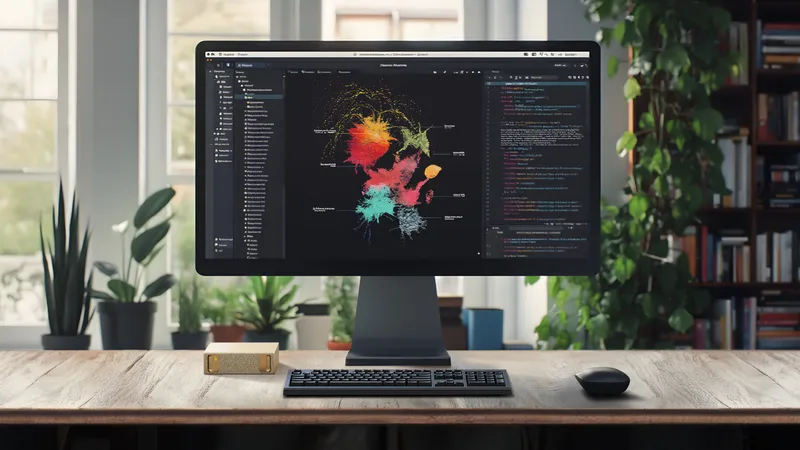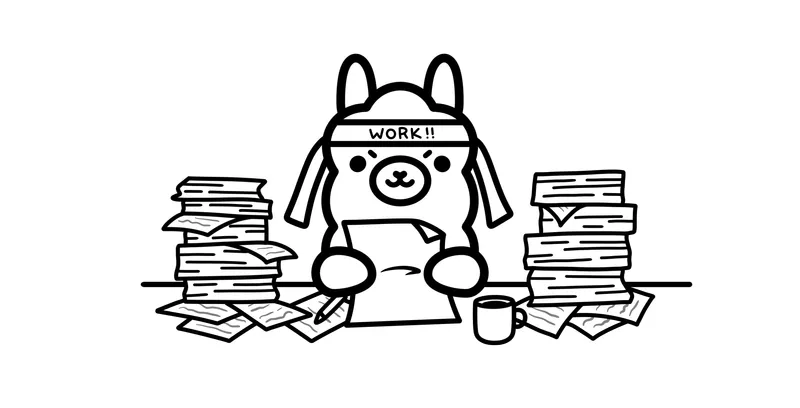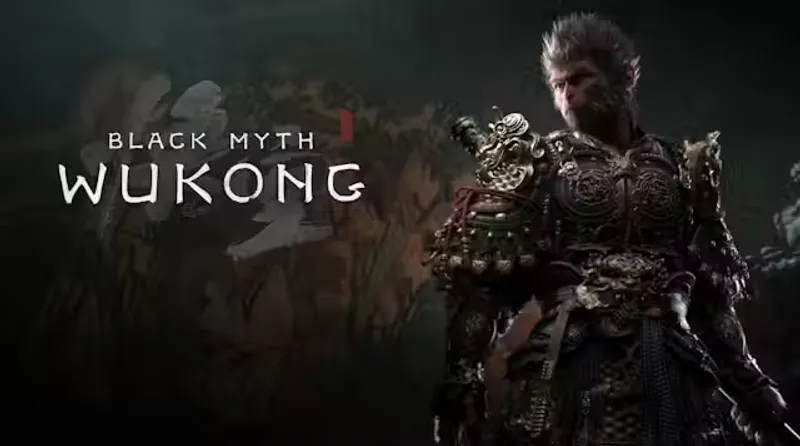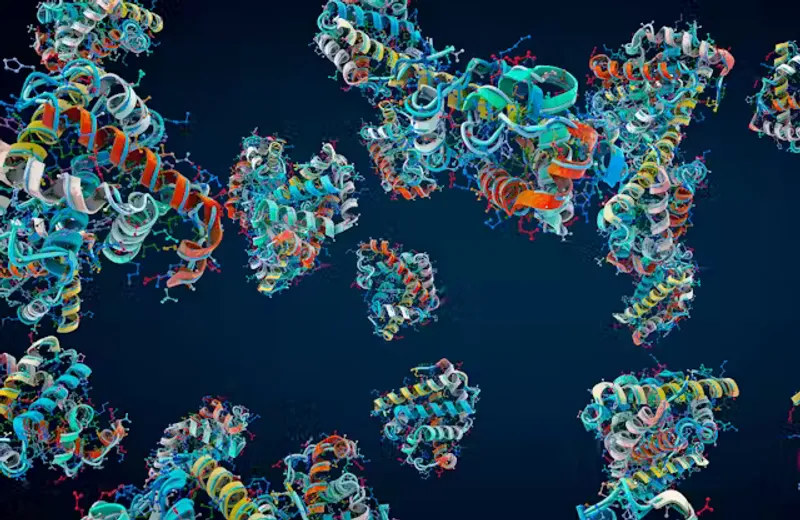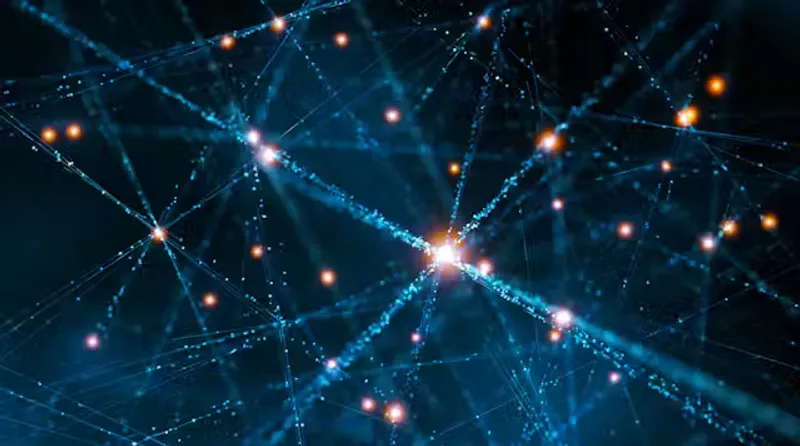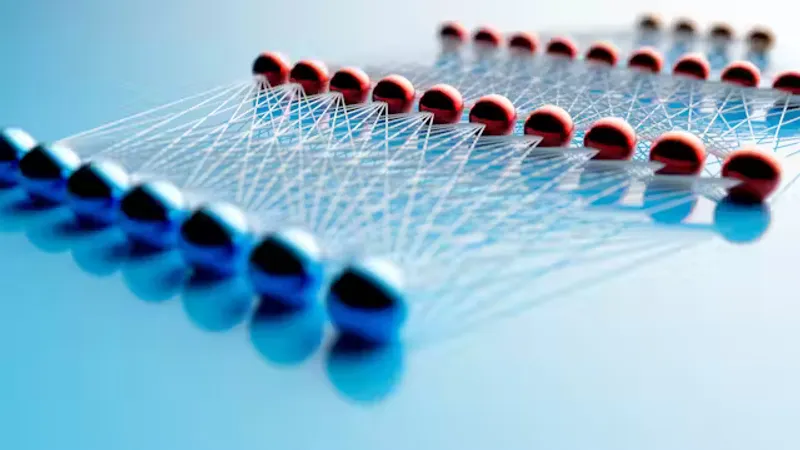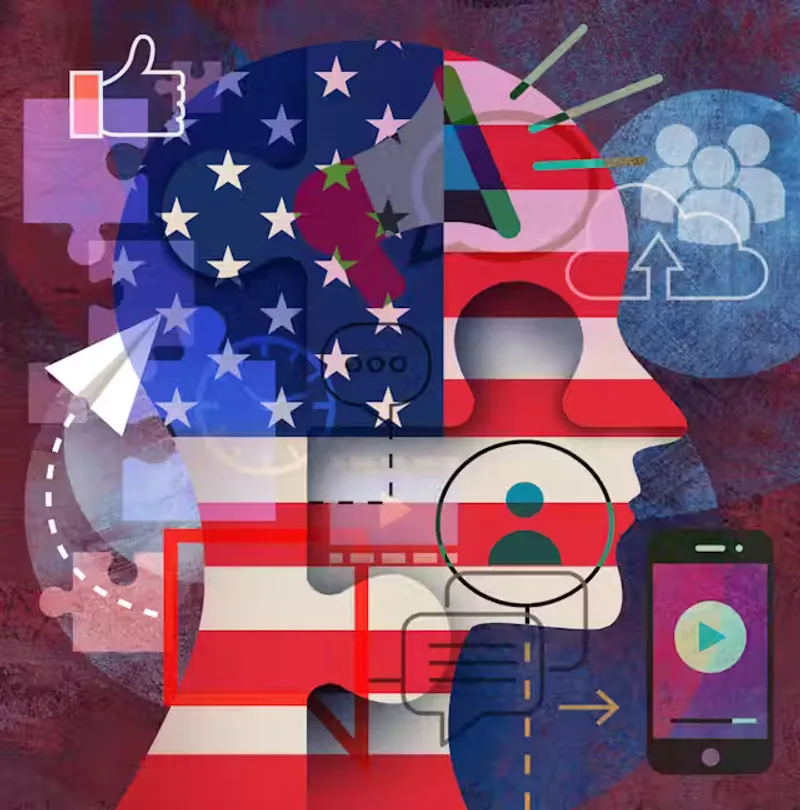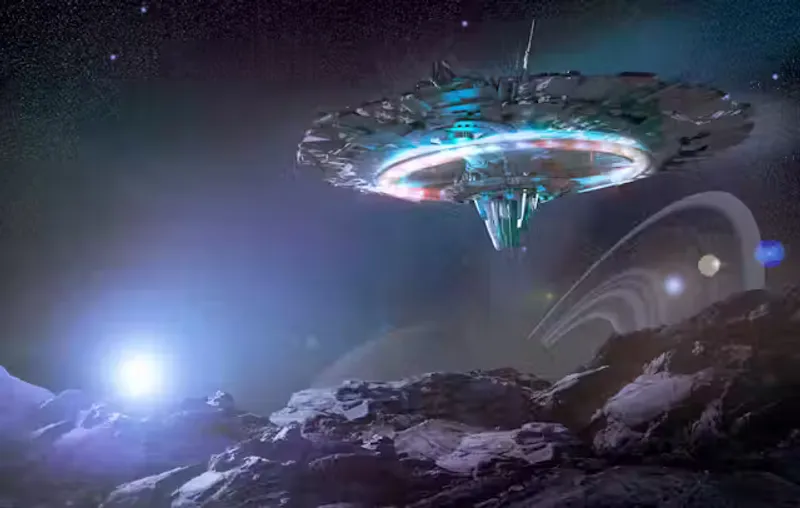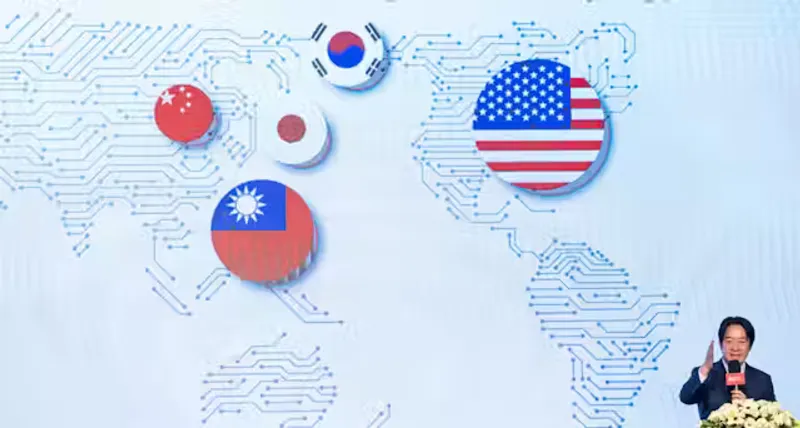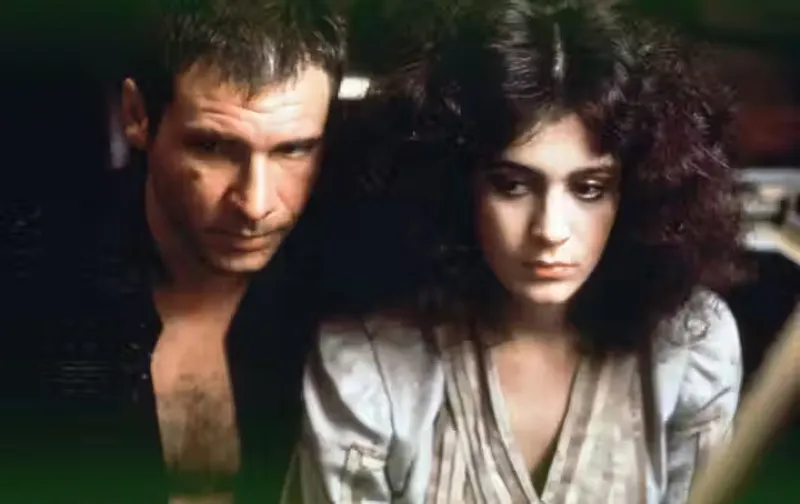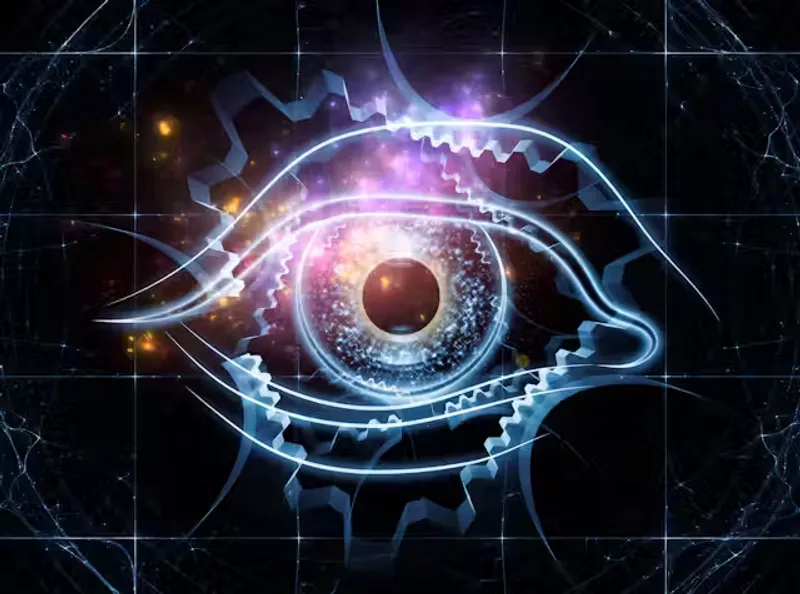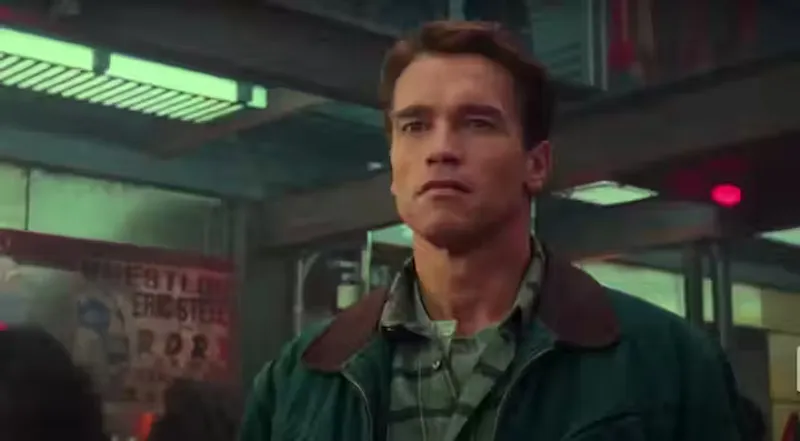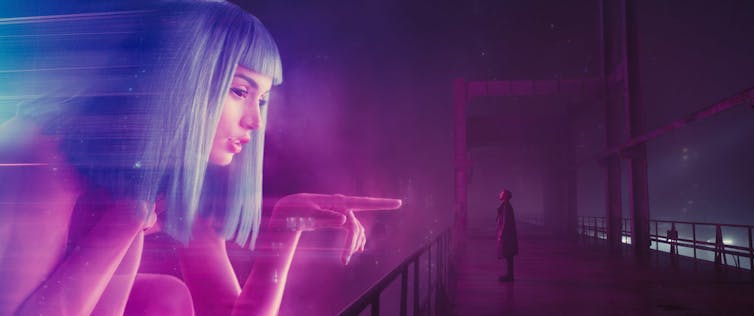
Stuart Richards, The University of Melbourne
Denis Villeneuve’s much anticipated Blade Runner 2049 has met with mostly praise and a few notably dour takes. It appears to be yielding disappointing results at the box office. While the film is visually breathtaking, the original’s commodification of women’s bodies remains, leaving female agency largely unexplored. Blade Runner 2049 falls significantly short of its masterpiece predecessor — and even Villeneuve’s brilliant previous film Arrival.
Set in 2019, Ridley Scott’s original Blade Runner saw LA cop Rick Deckard (Harrison Ford) — the titular “Blade Runner” — hunt down rogue replicants, synthetic humans who he must “retire”. During his mission, he meets and falls in love with Rachael, a significantly advanced replicant. A loose adaptation of Phillip K Dick’s Do Android’s Dream of Electric Sheep, the film posed a question that has fascinated audiences for 35 years now — what is the threshold between artificial intelligence and human?
</figure>The film has influenced an entire generation of science fiction narratives, such as WALL.E, A.I. Artificial Intelligence and Her — all films that Blade Runner 2049 nods to with varying levels of subtlety. Coupled with its remarkable visuals, the 1982 film’s exploration of our relationship with artificial intelligence has also led to significant interest from academia.
The original Blade Runner hasn’t been free from criticism, however. The exoticism of the neon east Asian urban landscape and the objectification of the female replicants were not explored with any satisfying depth. The replicants in Blade Runner are obvious allegories for the societal oppression that minorities face. Few minorities, however, were present in any meaningful way.
In one particularly disturbing scene, Deckard restrains Rachael and forcibly kisses her. While this subservience of women may well be a critique of the dystopian politics of the Blade Runner universe, no female character is granted any significant agency.
Into the future
Many of Villeneuve’s films work as puzzles for the viewer. In Arrival, we piece together Louise’s (Amy Adams) backstory as she learns to communicate with aliens. Prisoners is a “whodunnit” with Jack Gylleenhaal and Hugh Jackman, playing a detective and father respectively, desperately trying to find abducted children. In Enemy, Jake Gyllenhaal plays a man seeking out an exact lookalike he spotted in a film. With questions of identity and humanity as central concerns, Blade Runner 2049 is no different. To retain one’s directorial style in a franchise such as Blade Runner is no easy task.
Set 30 years after Deckard escapes with Rachael, an obedient replicant Blade Runner, Agent K (Ryan Gosling), discovers the remains of another that died in child birth. While unsettling, Lieutenant Joshi (Robin Wright) orders Agent K to retire the child and remove all evidence as the knowledge that replicants can reproduce is far too dangerous.
It would “tear down the wall” she says. This leads K to visit the headquarters of replicant manufacturer Niander Wallace (Jared Leto), whose steely servant Luv (Sylvia Hoeks) reveals that the remains belong to Rachael. And so, pursued by the ruthless Luv, Agent K must track down Deckard and the identity of the miracle child.
When at home, Agent K is comforted by Joi (Ana de Armas), a hologram he treats as a doting lover. Switching from appearances such as a 1950s housewife to a manic pixie dream girl, she is a built-to-order confidante, reminiscent of Spike Jonze’s sentient operating system in Her, although without the narrative depth. Throughout the course of the film, Joi appears to develop genuine emotions for K, who can — and does — turn her off when she isn’t needed.
The much-lauded retro-futurist visuals are a testament to cinematographer Roger Deakins, in his third collaboration with Villeneuve. Many frames are infused with a level of detail that will continue to satisfy with repeat viewings. Deakins creates a story of colours, from the yellows of the Wallace headquarters to the reds of Las Vegas. In one particularly bewitching scene as Deckard and K brawl, holograms of Elvis and Marilyn Monroe flicker in the background in a nostalgic display of Las Vegas’ former excess.
The score from Hans Zimmer and Benjamin Wallfisch is sometimes poignant. At other times it is an almost unbearable blare. While Zimmer is typically bombastic here, the score compliments the epic visuals to create a visceral experience.
And yet…
The film’s beautiful aesthetics aside, the world of Blade Runner 2049 is a misogynistic one where characters of colour are once again consigned to the periphery. No female character has a purpose that doesn’t serve a man. Joi is a sexbot slave that functions to explore K’s own sense of humanity and emotional development. She is a constant reminder to K that they are both constructed artificial beings. Whenever she is turned on or off, a logo reminds us that she is a product of Wallace Industries.
While Luv is an intimidating figure, she is unquestioningly obedient to Wallace even though it is clear he repulses her. Being a Villeneuve film, I was anticipating some narrative reveal only to be disappointed by her two dimensional malice.
Finally, Lieutenant Joshi propositions K only to be rebuffed — a scene serving no purpose but to explore K’s burgeoning agency. The three female principal roles act as sexual catalysts for men in varying ways. Further, the women in Blade Runner are all disposable. One woman is shot point blank in the head and another is gutted like a fish.
The most interesting female character is Mariette (Mackenzie Davis), a sex worker who is also charged with tracking K. While a relatively minor character, she is the only woman to voice any sense of ambition that doesn’t pertain to a male character.
Blade Runner’s pornographic economy has forced women into being items of consumption. Large nude hologram models adorn LA. Several gigantic statues of naked women in sexual poses adorn the ruins of Las Vegas. Towards the end of the film, a beaten and battered K sees a giant hologram advertisement for Joi. She is naked and beckons him to have fun with her. His expression is sad and worn. K’s feelings towards Joi gives him the emotional insight to help him make his final decision.
Given the gender politics embedded in this film, I was left with so many more questions after this scene. I don’t think the conclusion offers any real substance to explore gender any further.
There are many science fiction narratives today, such as Ex Machina or Westworld, that owe a debt to the original Blade Runner. Ironically, they are now telling better stories around artificial intelligence.
In a film that is all about what it means to be human and what it means to be a cyborg, none of the film’s female character’s are given any real opportunity to express any meaningful humanity.
Stuart Richards, Researcher and Lecturer in Screen and Cultural Studies, The University of Melbourne
This article is republished from The Conversation under a Creative Commons license. Read the original article.

